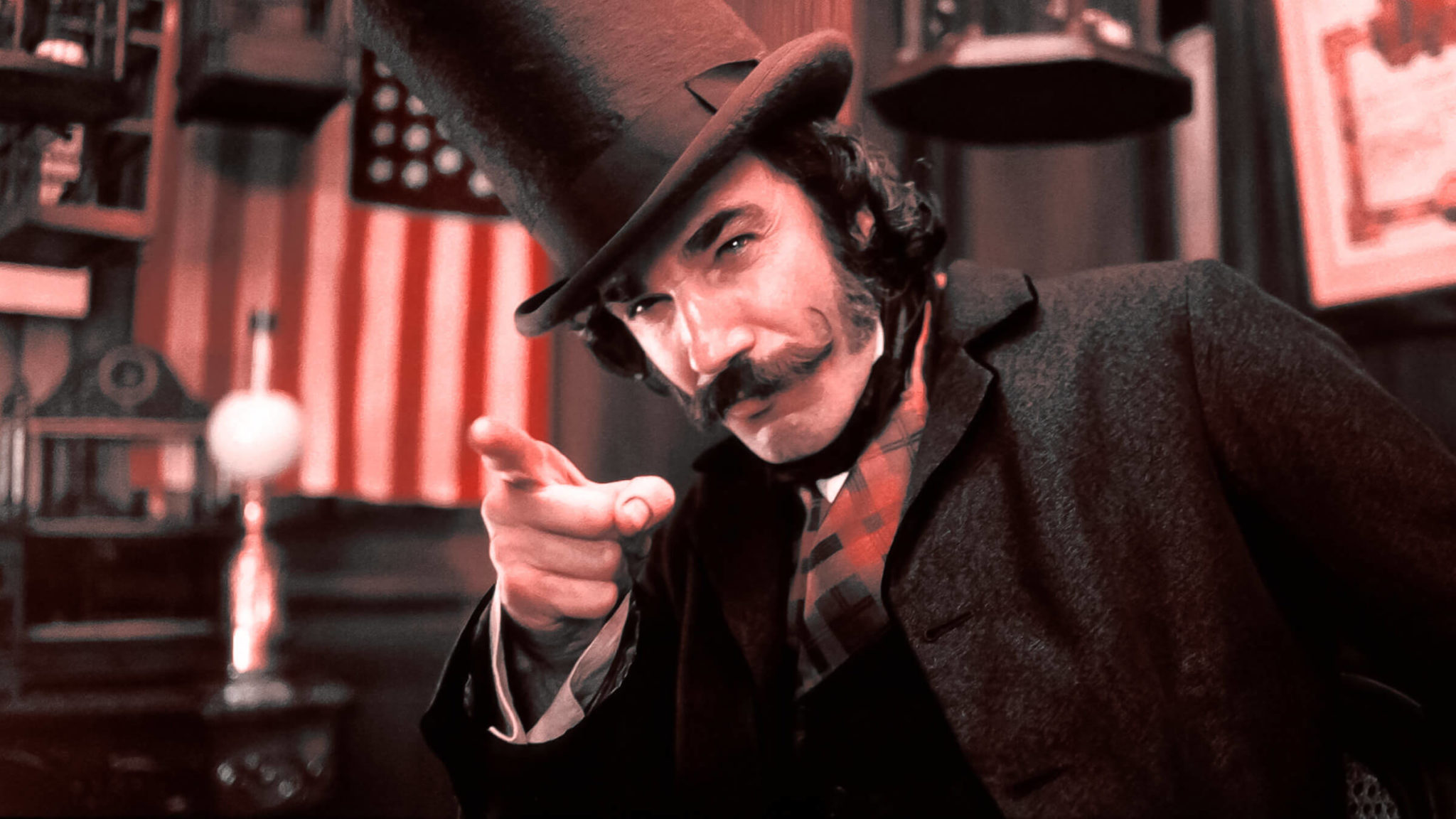How to Be Successful with the Traditional Screenwriting 3-Act Structure

The best definition of the “three-act structure” that I’ve seen is defined in none other than Wikipedia (hurray for crowd-sourced definitions): A model of narrative fiction that divides the story into three parts (acts), often called the Setup, the Confrontation and the Resolution.
Screenwriting teachers tend to use a variation of the above when teaching the craft. For our purposes, I would simply lose the word “fiction,” above, as the model well applies to nonfiction screen work as well.
My question, then, is this: Is it possible for a screenplay to be compelling without a standard three-act structure?
Short answer: Of course, based on the quality of writing, specifically characters and story.
But let’s get philosophical for a moment. Does real life transpire over three acts? That’s certainly another way to consider the question. One can argue nascent stage, prime or most active years, and golden years is a 3-act structure.
In other words, a life can be divided into three acts.
And so can any story.
I would encourage you to stay within a safer zone, however, if you are working on more mainstream product. All bets are off for indies, but if you are looking to sell a studio-level feature film, be mainstream audience-friendly and consciously utilize your three-acts.
***
Within a screenplay a writer has approximately 120 pages (longer, if epic), or two hours, to tell a coherent and cohesive three-act story.
Let me share with you three common mistakes writers make when creating scripts with the standard three-act structure, which is itself an art.
Common Mistakes
1. Exposition is often utilized as an act in and of itself. If your screenplay features a character who spends more time talking about his old life, while being featured in present day, this is not only a typical mistake but potentially a very difficult habit to break. Exposition has its place, but do what you can to explain the character through action and dialog. Remember, film is primarily a medium of showing, not telling.
2. Many writers believe that following a main character from birth to grave is compelling by it’s nature. It is not. Many scripts for new biopics are submitted to me every year, as an example. You would be surprised at how many utilize the three acts of an entire life as the spine of their script. It is strongly advised to think of a single compelling story within that life, with subplots included, and begin your work from there. For example, Spike Lee’s “Malcolm X” was an epic, three-hour study of the civil rights leader that for this writer was compelling from beginning to end. The film’s story, if I was to pitch it to someone unfamiliar with the real-life Malcolm, regarded a young anti-white criminal from Harlem who became one of the nation’s preeminent — and controversial — civil rights leaders before his eventual reckoning in Mecca and ultimate assassination. The film did not start with his birth. Without spoiling anything, I strongly encourage you to watch this Spike Lee classic.
3. Being slavish towards writing in three acts is key to success. Big mistake, as once more far too many submissions I receive are so definitive, to the page count, of beginning and ending each act that story and character are lost. By all means incorporate three acts, but pay equal attention to story and character.
The best advice I’ve ever received on this matter came from, of all people, my dad. He was not a writer, but he had once shared with me part of him wanted to become one. He encouraged me to write my thoughts down on paper, as if I was dreaming and that dream was being channeled. Don’t worry about grammar, he said, three-act structure or edits. Get your thoughts down on paper first, then edit and pay attention to your mechanics after.
Many years later as a member of the WGA, I learned that many of my union peers write very much the same way. They spill their ideas on paper first and “put together” later. Not even in outline form, sometimes just scribbles on note paper. Many just write as my dad once advised me.
Truth be told, since my dad’s advice I’ve since become disciplined enough to do both as I go along. For those of you not as experienced, however, I would strongly recommend heeding his words.
Free write first, unless you are already disciplined to create your structure as you go along, and incorporate the three acts later. This way, again, those ideas are already on paper.
And the real work beckons.
***
Speaking of the WGA, a few weeks ago I posted the following on a Guild-member Facebook page, based on an unnerving phone call with one of my oldest friends:
Sharing with the hive for general thoughts.
I had a hair-pulling call with a close friend yesterday who has written over two dozen scripts in the 30 years I’ve known him. He says he wants to be a screenwriter more than anything.
The conversation went something like this:
Him: Okay, so I have Plot Point One, which ends in the first line of the second paragraph of page 31. But I worry that my inciting incident will get lost if the reader has to wait that long. If I change Plot Point One to the first paragraph of page 30, will that make a difference?
Me: First, you’re making me dizzy. This all sounds very mechanical ...
Him: I don’t want that, so let me ask you this. Plot Point Two and Plot Point Three are 32 pages apart. Is that okay or will it hurt my Three-Act Structure since the difference between Plot Point One and Two is 31 pages?
Me: (beat) How many scripts have you written since I’ve known you?
Him: About 25.
Me: How many have you sold?
Him: You know I haven’t sold any. None.
Me: Ever consider why?
Him: I thought you like my stories, though?
Me: I love your stories. But why you do think you haven‘t sold?
Him: Well, I’m following all the screenwriting books. Let me email you a diagram ...
Me: Diagram for what?
Him: One of the books said to diagram your entire script in a multi-point visual with individual boxes and arrows, and ...
It was a brutal call. My buddy was raised in a world of screenwriting gurus who have never sold.
How can I help him?
Let’s just say the responses the post received were similar to my response to my friend: He was wasting his time. And therein lies an issue.
The screenwriting world is rife with informational books about the theory of screenwriting. Some say they have studied the most successful films for research and found common threads. For one, I believe that to be a valid technique to improve one’s writing.
Others, who have called themselves either “screenwriting gurus” or some variant thereof, offer theories as to diagramming plot points, inciting incidents and the like.
This is all well and good if said guru has had real life experience writing and selling screenplays utilizing that penchant. If not, frankly I don’t listen to them nor have I ever.
I made Guild membership, again as have most of my fellow members, through hard work and trial and error.
When my friend back in the 80s was busy reading every screenwriting book he could get his hands on, which usually contained conflicting information, I starting optioning scripts because I made the phone calls and did the work to do so.
30-some-odd years later, my friend is still reading those old books. And he will likely see this blog as he is a regular ScreenCraft reader.
To him and to you I encourage exiting from your comfort zone and doing more.
This is what I mean by more:
1. Be sure you give your reader reason to read past the second page of your script. More scripts are relegated to the slush pile due to the reader being unable to read past the second page, which is usually enough to inform a reader of the quality of one’s writing. If the reader continues on to page 10 due to proper structure, and yet either the script is leading nowhere, or has not the hint of an inciting incident in its first act, they will likely put the script down.
2. A three-act structure is a storytelling base, not a rigid formation. Books tend to have three-act structures as well, save for those by William Burroughs (“Naked Lunch”), Franz Kafka (“Metamorphosis”) or authors of other stream-of-consciousness or hallucinatory work. For television, “Twin Peaks” created some history as the most original program of them all, according to many critics. Speaking of David Lynch, his features such as “Eraserhead” and “Mulholland Drive” were — deliberately —not the most rigid in terms of structure. Quentin Tarantino’s “Pulp Fiction,” one of the most critically lauded films ever made, smashed the three-act structure to bits. I write this to show you that films do not have to be so rigid. However, if you have not yet sold I would strongly recommend you play it safe for now and make sure your film has a defined beginning, middle, and end.
3. Hustle. None of this matters if you, like my friend, spends years studying books and not getting out there trying to sell.
To be clear, if I wrote down a list of my 10 favorite films, all but two followed the classic three-act structure. Follow that structure for now, until you become (more) established.
The rest is up to you.
---
Joel Eisenberg is an award-winning writer and producer, and partner in Council Tree Productions, a television development company. He writes and edits a publication for Medium, “Writing For Your Life,” which you can follow here.
Related: 9 Tips for Finding Your Authentic Voice as a Screenwriter
Tags
Get Our Screenwriting Newsletter!
Get weekly writing inspiration delivered to your inbox - including industry news, popular articles, and more!



























